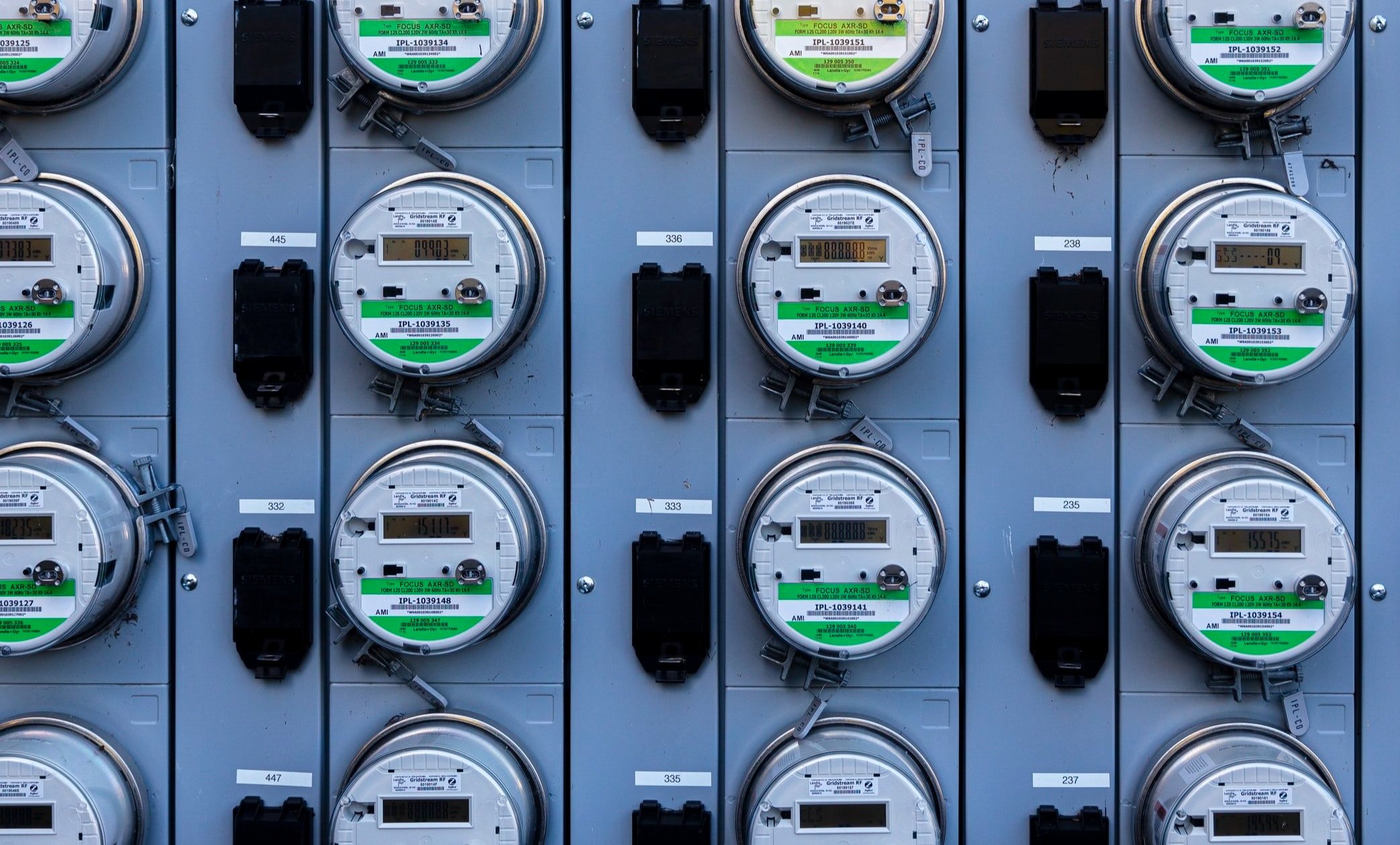Deep Energy Retrofits, Part 3
Embue has been working with a number of customers on deep energy retrofits and building electrification projects to boost energy efficiency and reduce carbon emissions. This the third part in a series where we look at the projects and the technologies behind them.
In part one of our series, we examined what deep energy retrofits are and the reasons why they’re a huge investment opportunity. In part two, we took a deep dive into why real-time building analytics and whole building intelligence are a crucial part of a successful deep energy retrofit project.
Here, we’ll explore some best practices for controlling energy use and comfort and learn why flexibility and working closely with residents and staff is an important part of any successful initiative.
Post-retrofit Performance: Best Practices and Why Flexibility and Resident/Staff Buy-in are Keys to Success
One of the key drivers in any deep energy retrofit project is building efficiency, but the reality is that in multifamily buildings, good design and equipment are only part of the solution – even the most well designed, highly efficient building can waste a tremendous amount of energy due to the unintentional or intentional actions of occupants and staff.
There are several best practices that can help make retrofit projects more successful.
The first is setpoint limits. Putting thermostat setpoint limits in place that allow staff to set a maximum heating setpoint and minimum cooling setpoint can dramatically prevent excess energy usage.
The second is window open/close actions. Many building efficiency standards require operable windows, yet they can be a source of energy waste if left open during suboptimal times. Installing a solution with window open/close logic that uses sensors to detect when a window is opened and then sets the thermostat to a more energy saving setting (for example, 60F in the heating season and 90F in the cooling season) can stem the tide of energy loss.
While good for energy efficiency, setpoint limit and window-triggered setpoint changes can often spur complaints, backlash and even equipment damage from residents if the programs are not rolled out thoughtfully. The most successful programs include the following components:
Continuous engagement with staff and residents to gather feedback and provide project updates.
Education for staff and residents on the “why’s” behind the project. For example, residents who understand that high winter temperatures can lead to very low humidity and increased virus transmission are more likely to support the initiative.
The ability to set flexible setpoint limits and incorporate policies that can easily be adjusted on a property-wide or individual basis by site teams who know the community best.
Software that logs all staff actions and can be configured to alert management if settings are changed and provide the ability to restore or adjust settings.
Flexibility, engagement and education are critical parts of any successful retrofit, and when combined with best practices and best-in-class solutions, projects have a greater chance of success.
Next up
In the next blog post in this series we’ll explore why flexibility and hybrid electric/gas approaches may be more appropriate in some settings than electrification and examine the role of whole building intelligence in a successful project.



